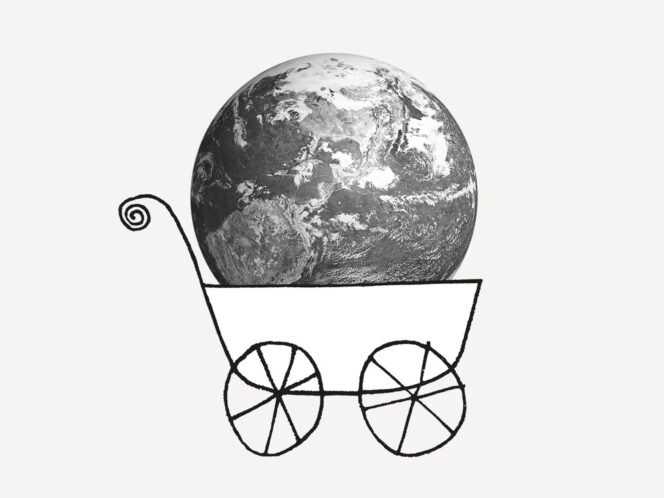
Is life on Venus possible? Piotr Stankiewicz talks to Janusz Pętkowski from the Massachusetts Institute of Technology – a member of the team who, in September 2020, declared life on Venus entirely feasible. Finding extra-terrestrial life beyond planet Earth is one of the greatest dreams of many scientists. Last year’s discovery about Venus created a furore, but we still have to wait for the final verdict. This is a good moment to consider how life might function on a completely different planet to Earth and whether chemistry holds the answer to the Fermi paradox.
Piotr Stankiewicz: Among other things, I am an astronomer by education, so I understand that the rhetoric of scientific discovery is different to that of the tabloid press. That’s why I am not starting with a question about whether there is life on Venus. I will start with the facts. From observations of the Venus spectrum, we know that its atmosphere contains phosphine, which is a potential sign of life.
Janusz Pętkowski: Phosphine is the name of the chemical compound, PH3. One atom of phosphorous, plus three atoms of hydrogen. In short, it seems that phosphine is present in Venus’s atmosphere although, of course, as with every scientific discovery, further observations will be necessary in order to confirm our thesis. If phosphine really is present in the clouds of this planet, we have absolutely no idea where it has come from. Either some sort of geophysical or photochemical process – unknown to science – takes place there, or it is a biochemical process. The latter possibility would mean that some form of life exists on Venus.
Let’s go deeper. How does the presence of phosphine on Venus indicate a sign of life?
Above all, we should ask which gases present in the atmosphere of the planet might indicate the existence of life. Although the question itself is simple enough, it is difficult to answer, because we don’t know upfront what biochemistry extra-terrestrial life will have. We began by creating a database in order to determine which gases could be interesting from this perspective. Of course, we are talking about thousands of chemical compounds, and phosphine is just one of them. What is interesting in this case, is that phosphine has appeared in the atmosphere of a rocky planet…
Let’s spell it out: in the solar system, the rocky planets are Mercury, Venus, Earth and Mars, while Jupiter, Saturn, Uranus and Neptune are gas giants.
On the gas giants, phosphine can








